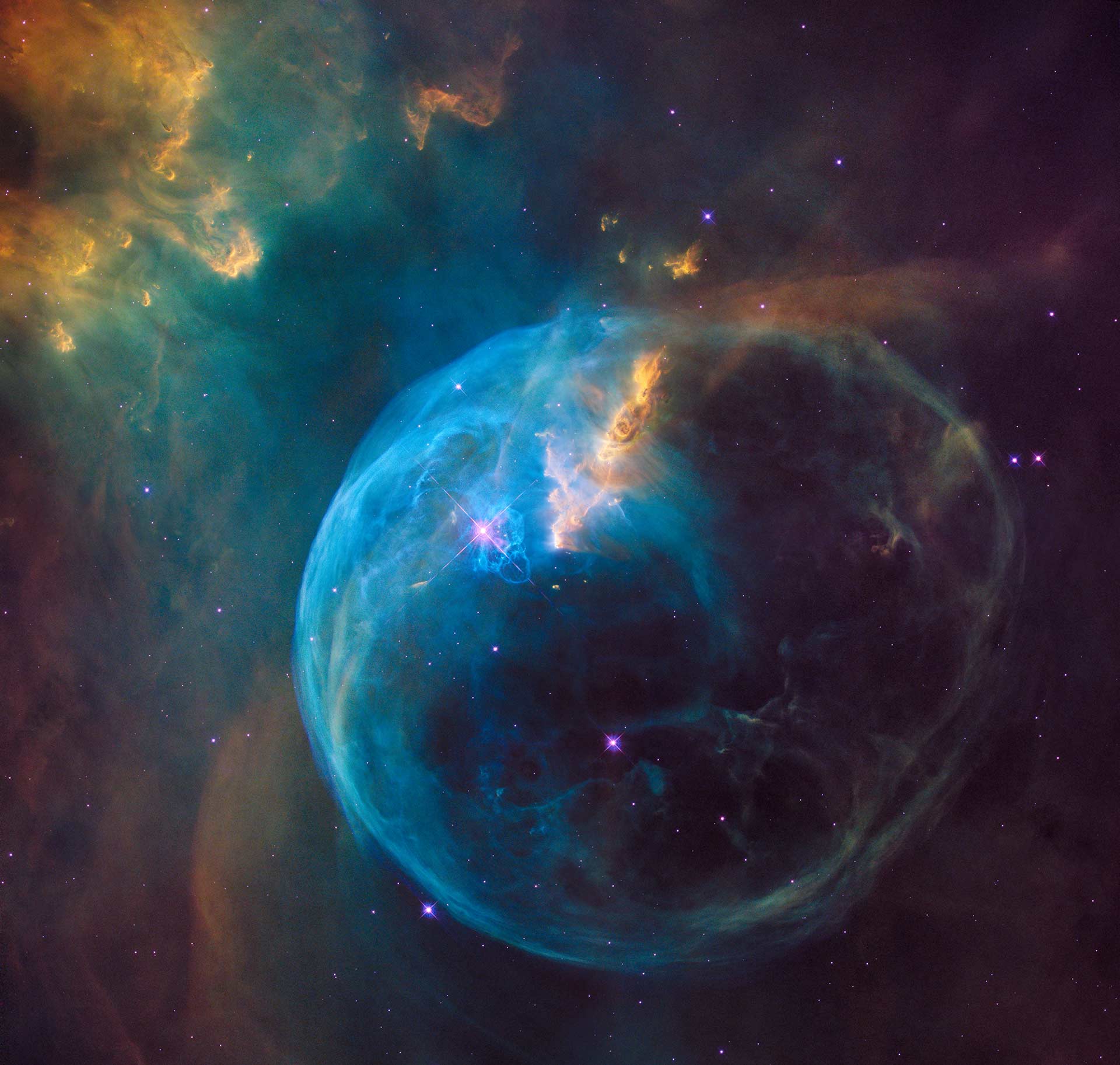2020 Nobel Prize in Physics acknowledges the need to study black holes
On the 6th of October, the 2020 Nobel Prize in Physics have been announced and the Royal Swedish Academy of Sciences has decided to award with one half of the prize to Roger Penrose and the other half jointly to Reinhard Genzel and Andrea Ghez for their work to understand black holes.
What are black holes?
A black hole is an astronomical object with a gravitational pull so strong that nothing, not even light, can escape it. A black hole’s “surface,” called its event horizon, defines the boundary where the velocity needed to escape exceeds the speed of light, which is the speed limit of the cosmos. Matter and radiation fall in, but they can’t get out.
Two main classes of black holes have been extensively observed: those with masses about 5-20 times that of the sun, which are called stellar-mass black holes, and those with masses millions to billions times that of the sun, which are called supermassive black holes. Astronomers had long suspected an in-between class called intermediate-mass black holes, but it was just in the past decade or so that they have started finding possible evidence of this class of black hole. On the 21st of May 2019, the National Science Foundation’s Laser Interferometer Gravitational-wave Observatory (LIGO) detected gravitational waves from a merger of two stellar-mass black holes. This event, dubbed GW190521, resulted in a black hole weighing 142 Suns.
Who are the winners?
Roger Penrose, a UK-born mathematical physicist from the University of Oxford, was awarded the 2020 Nobel Prize in Physics for his work in demonstrating that black holes were an inevitable consequence of Albert's Einstein's general theory of relativity.
Black holes’ history goes back in time to the end of the 18th Century, but their mathematics was incredibly complex to the point that many researchers believed they were nothing more than mathematical artefacts, existing only on paper. Roger Penrose has been able to realise black holes could persist in the real world, understanding the mathematics and introducing new tools, so that he could actually prove that a star collapsing and turning into a black hole is a process we can naturally expect to happen.
The other half of the prize was given to Reinhard Genzel, from the Max Planck Institute for Extraterrestrial Physics in Garching, Germany, and Andrea Ghez, from the University of California, Los Angeles (UCLA), who provided the most convincing evidence yet of a supermassive black hole at the centre of our galaxy . For more than 50 years, physicists had suspected that there may be a black hole at the centre of the Milky Way. In the 1990s, Genzel and Ghez stretched the limits of technology, using the world's largest telescopes to see through huge clouds of interstellar gas and dust to the centre of the Milky Way.
How to help scientists in the Gravitational Wave noise hunt
As mentioned above, Gravitational Waves detectors are key in detecting parts of the universe once thought to be invisible, such as black holes. At the same time, the sensitivity of these instruments is limited by several types of noise, called glitches, whose presence affects the quality of the data and whose origin needs to be identified in order to optimise the interferometers.
In this framework, citizen scientists can play a fundamental role by looking at chunks of data and spotting the presence of noise, creating the basis to train machine learning algorithms that will automatically recognize and isolate noise in GW data, thus providing a monitoring of the noise with an unprecedented detail.
This is the exact scope of one of the REINFORCE Large-Scale Citizen Science demonstrators, which aims to develop a cutting-edge citizen science programme by providing public access to GW antenna data, including environmental data, for an open-data project.




